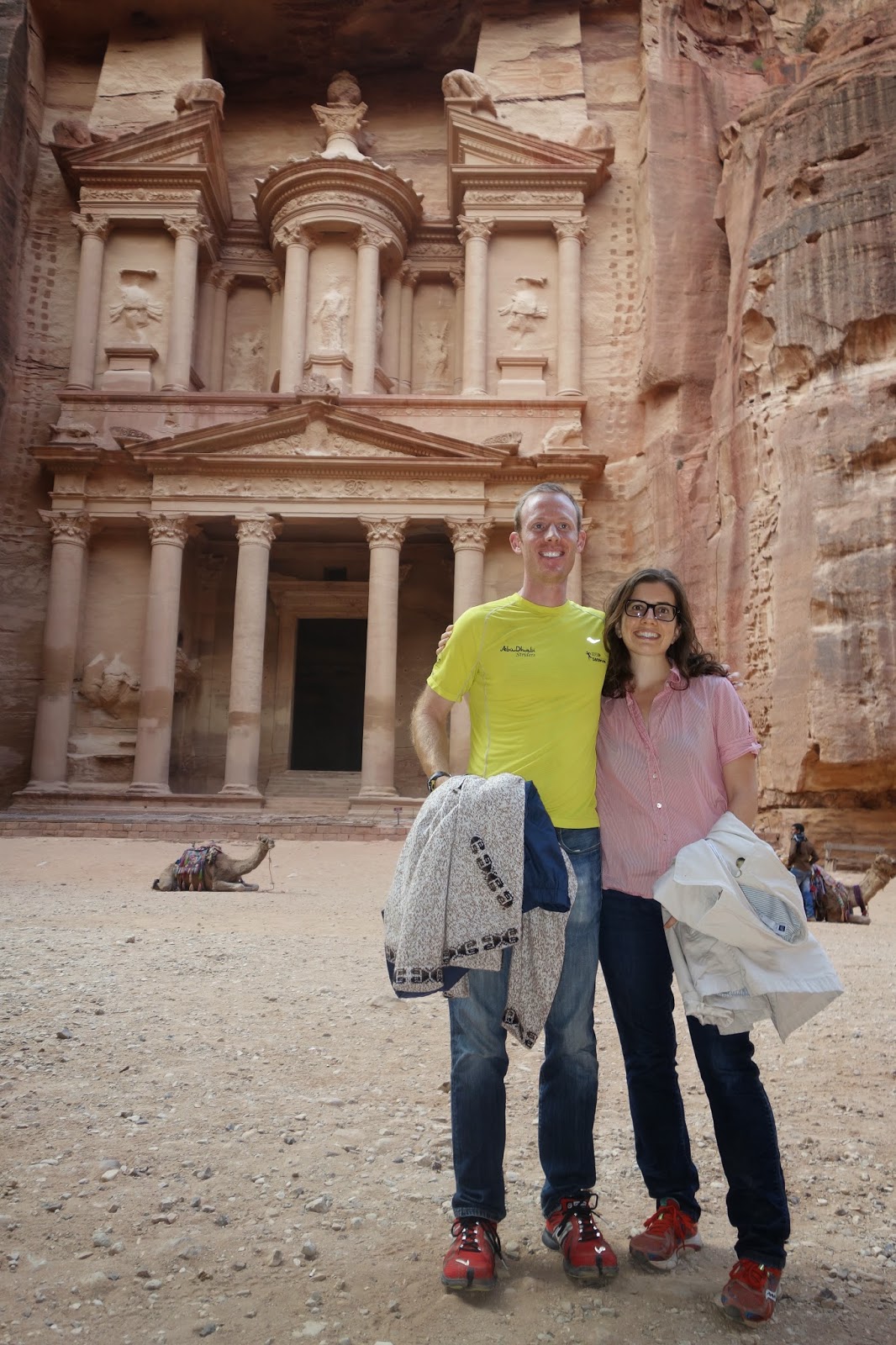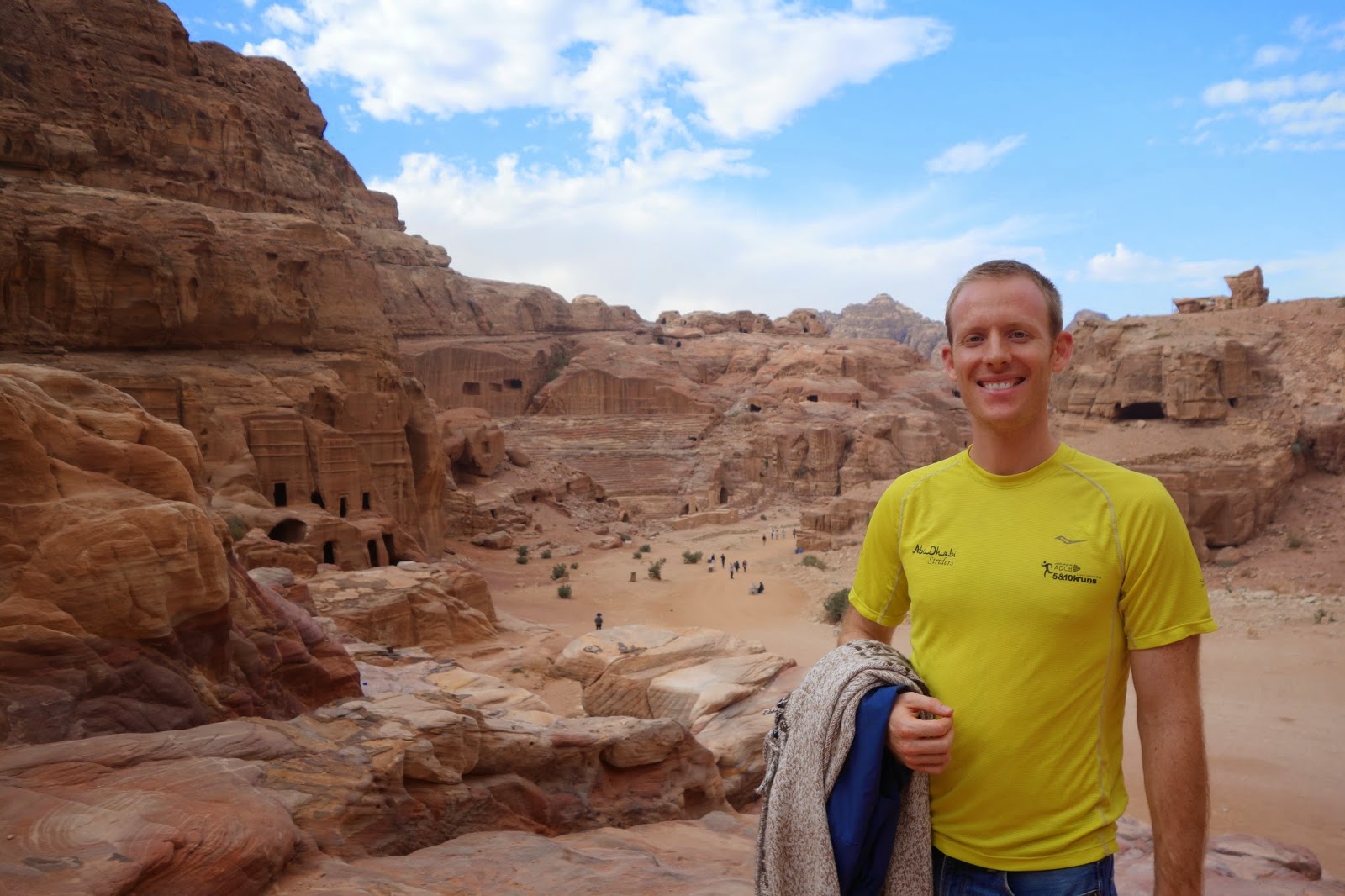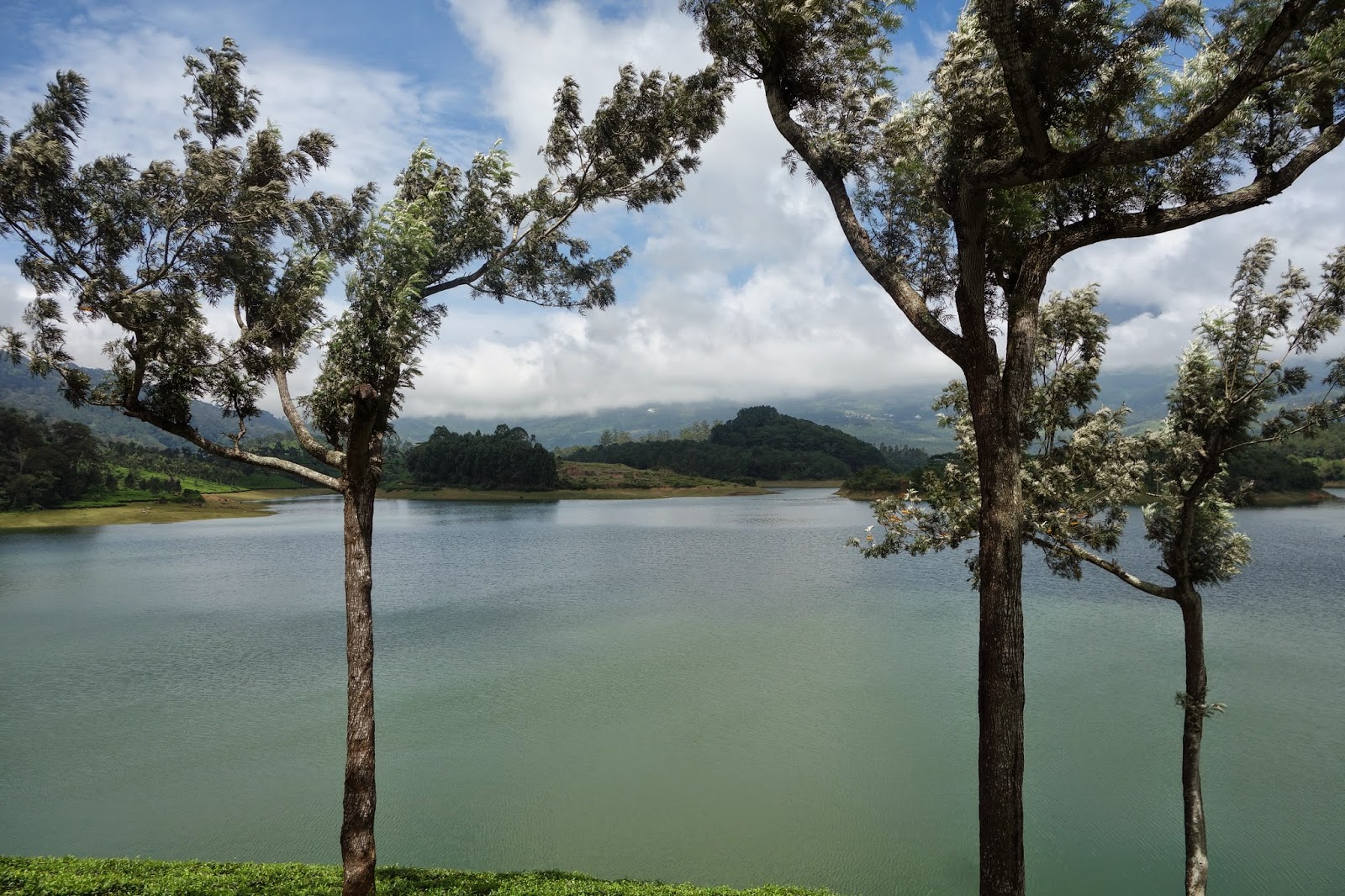When we make tea now, we pause a little lovingly in scooping out the tea leaves. We know exactly where they came from.
Tea is serious business in Munnar. The tea factory we visited had mission statements, growth targets and a rigorous accounting system...
...and a few tea leaves, too.
Where did the tea come from? Everywhere.
The only leaves harvested for tea are the bright, new leaves. The rest are trimmed back into wavy rows. Fields are burned every eight years. The plants survive: they are old . Some fields date back as far as 1902.
Tea farmers plant silver oaks every few meters as a natural irrigation system. In the rainy season, the roots of the trees soak up water. As the land dries out, the roots release water, and the tea plants gladly soak it up.
By a happy coincidence, the silver oaks are also quite lovely.
For all its idyllic scenery, the trip to Munnar began with a fair amount of anxiety. Margaret was traveling under an assumed name, so far as her travel documents were concerned. Our friend Dan, meanwhile, checked his bag at the last minute. It contained not only his wallet and passport, but his beloved iPhone, too. So we had a suspenseful wait in line to board our plane, followed by a suspenseful few hours in the air.
Luckily, all ended well. Apparently it's ok to travel under an assumed name in India, and usually, bags turn up when and where they're supposed to.
It was a five hour drive to Munnar, which we both remember in great detail. There was the moment when a truck emblazoned with "Jesus Christ Will Save You" barreled towards our tiny car.
There was the darkly comic realization that our car had Hindu, Christian, Islamic, and secular spiritual precautions against accidents dangling from its rear-view. There were the skull and cross bones signs, which were, if anything, understatements of the driving conditions.
There was the moment when we turned and saw monkeys, sitting on a wall just off the road.
We have no photographic evidence of any of this.
And then there was arriving in Munnar, when we grudgingly realized that in spite of all our anxiety, and in spite of the impending prospect of driving back on exactly the same road (crossbones and all), we had landed somewhere wonderful.
In the mornings, there were sunrise runs through the fields of tea, past waterfalls. The air smelled like tea -- fresh, green, and gorgeous. On occasion, there were monkeys playing overhead.
And there was walking, too, through the tea fields and down to the lake, past waterfalls and through jungle-like spice gardens. At all times, we were looking for elephants.
And we found one. A few locals pointed one out to us, saying excitedly "elephant, elephant!" We finally spotted him, his ear twitching on the hillside opposite. He's in this picture, just a shadow in the middle of the treeline!
Despite his attempt at camouflage, this frog was easier to spot.
In the afternoons, Munnar grew warm and foggy and rainy. Inside, listening to the rain fall, we learned a traditional Indian game -- a cross between pool and tiddly-winks. We were terrible at it. For consolation, there was ping pong, and pool, and spades.
Kerala is one of the more Catholic regions of India. There are almost as many churches dotting the countryside as there are temples. (In some cases, we found the churches and temples pretty much indistinguishable.)
It is odd to go someplace to which we will almost surely not return. Perhaps that makes Munnar more memorable -- so visually striking, so bursting with the smell of tea, and so friendly. We will not sip tea in quite the same way for a while.

And when our current supply runs out, we're already contemplating Lockhart Tea Factory's rather complicated mail-order system.....




























































